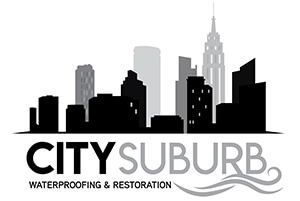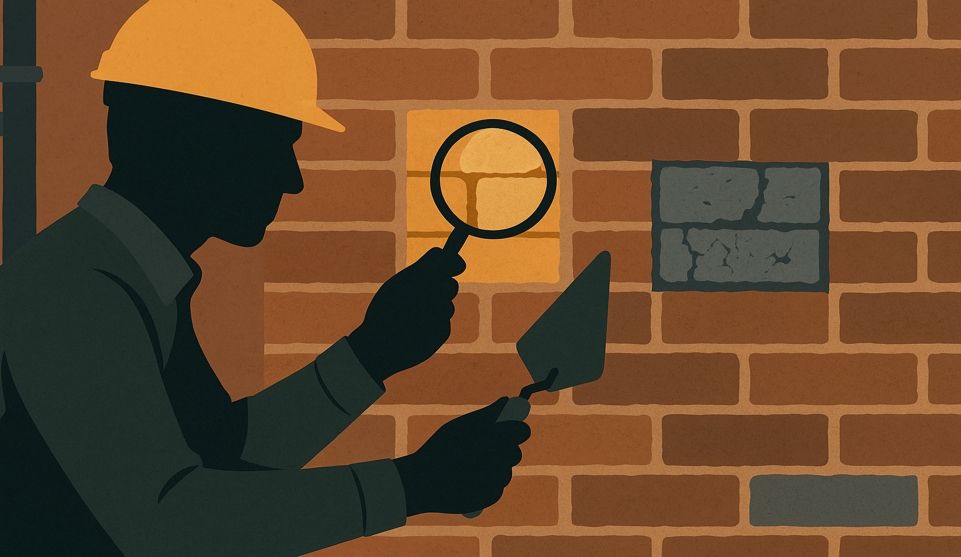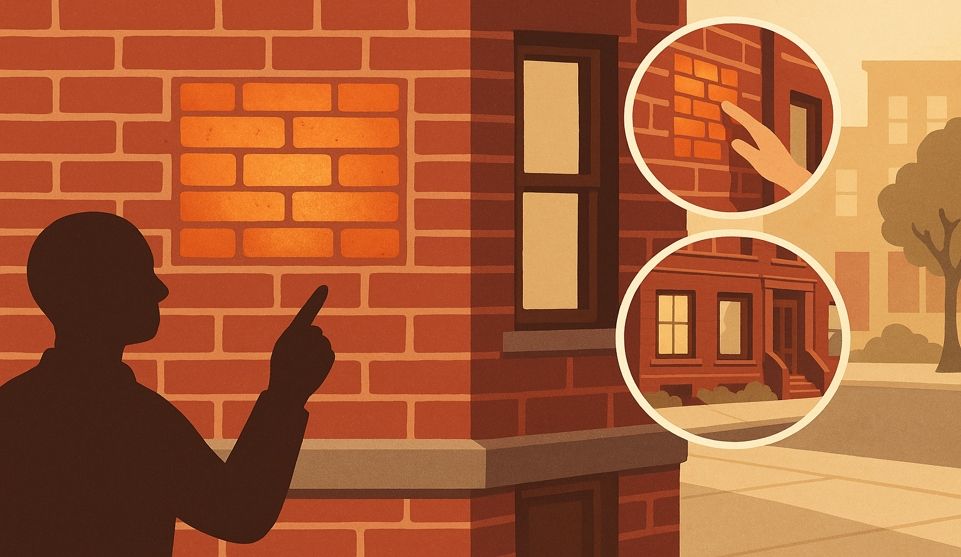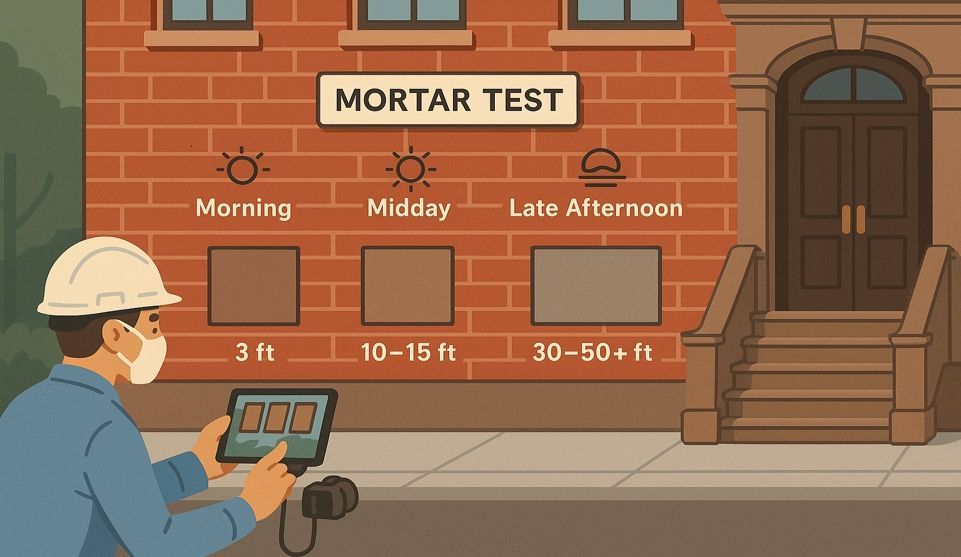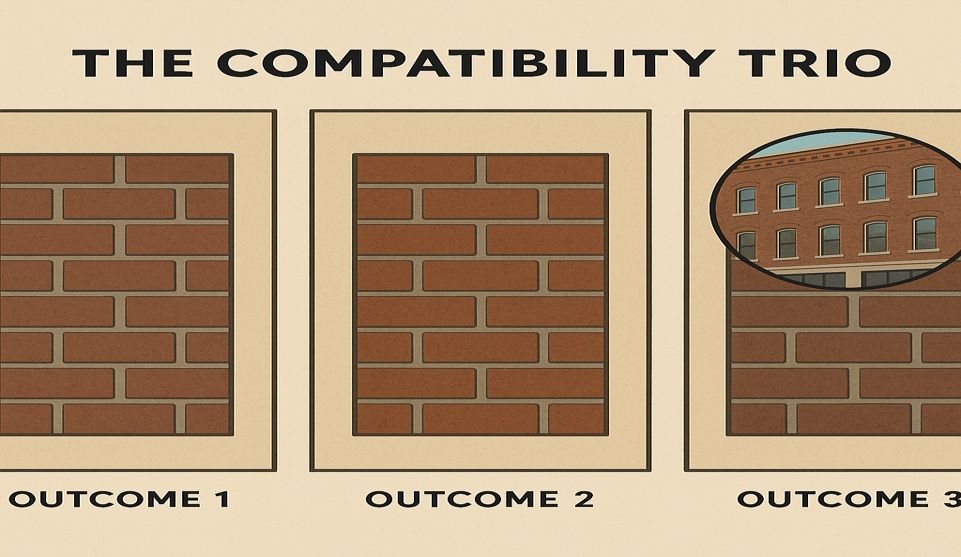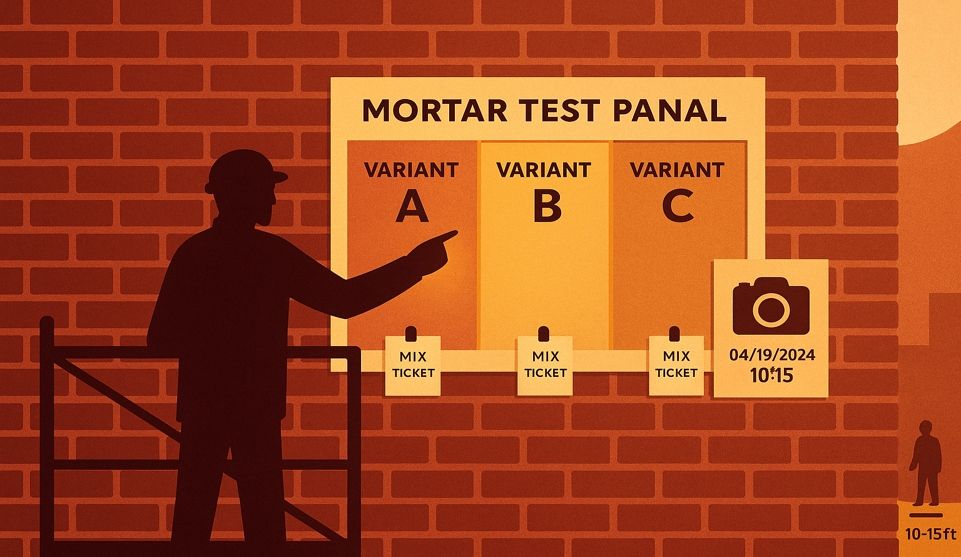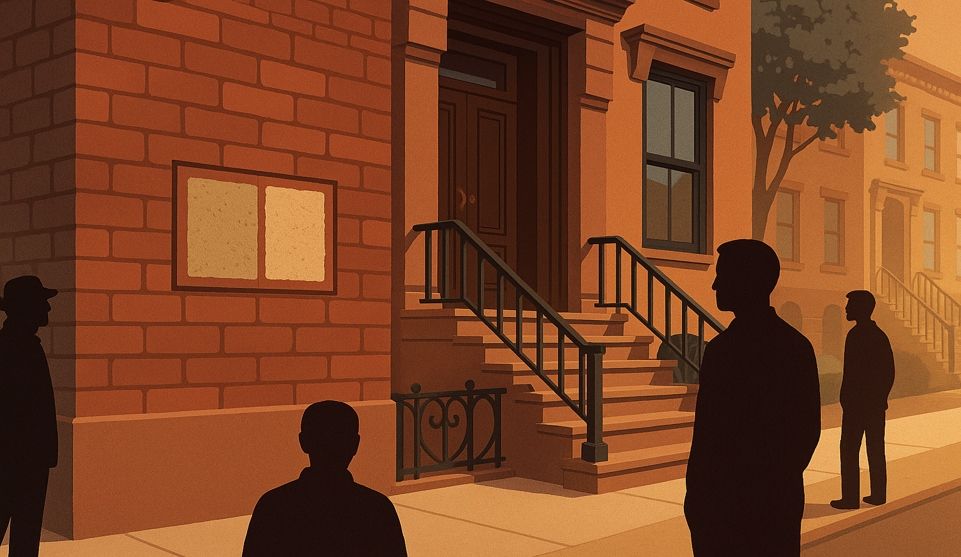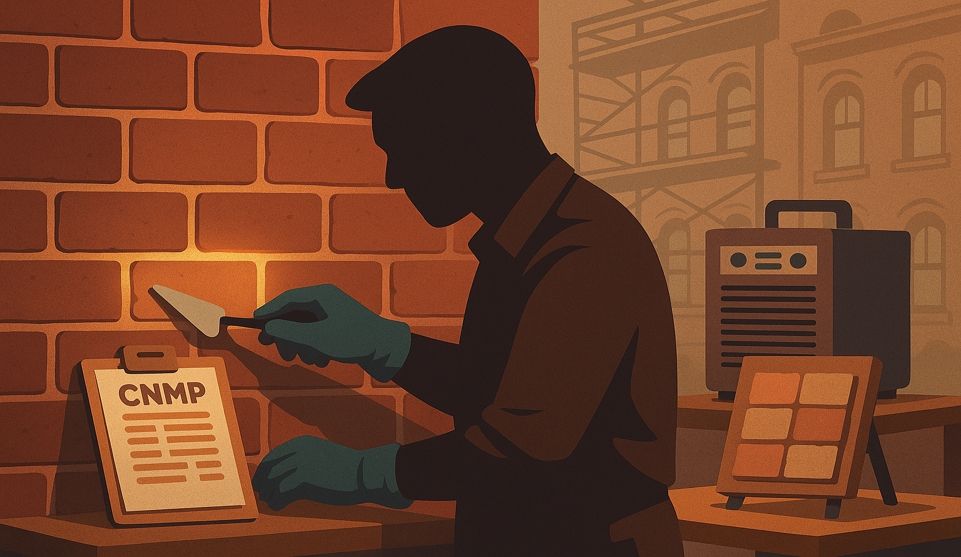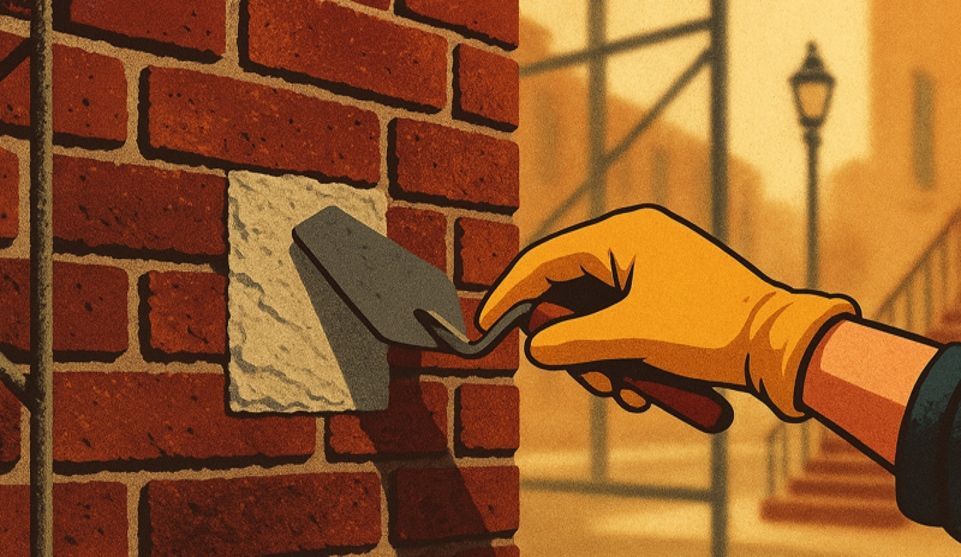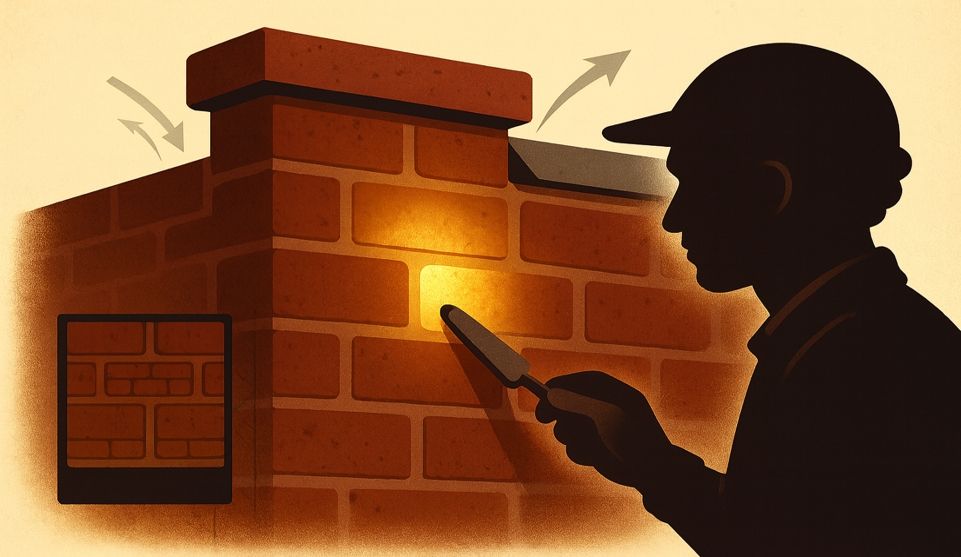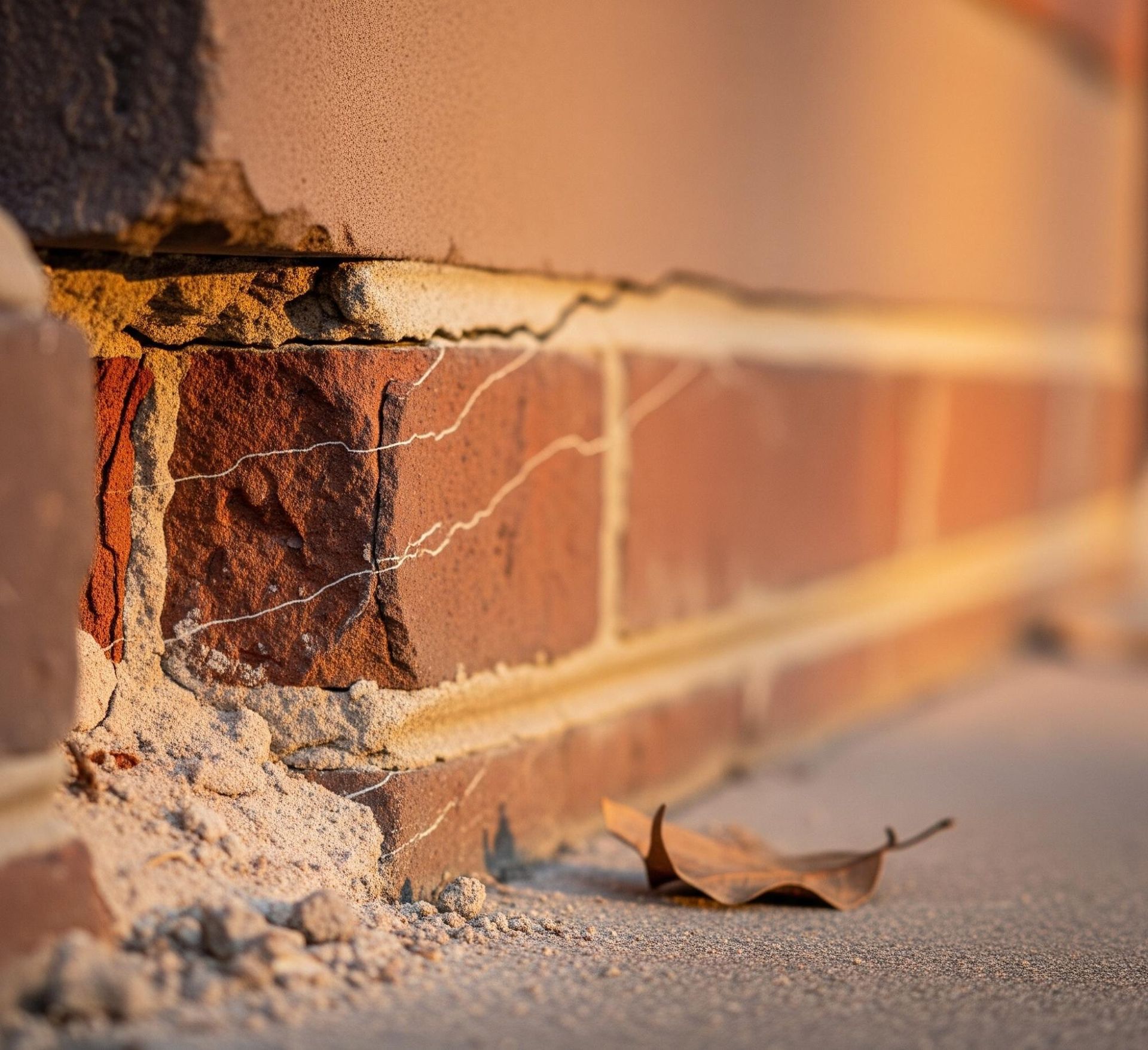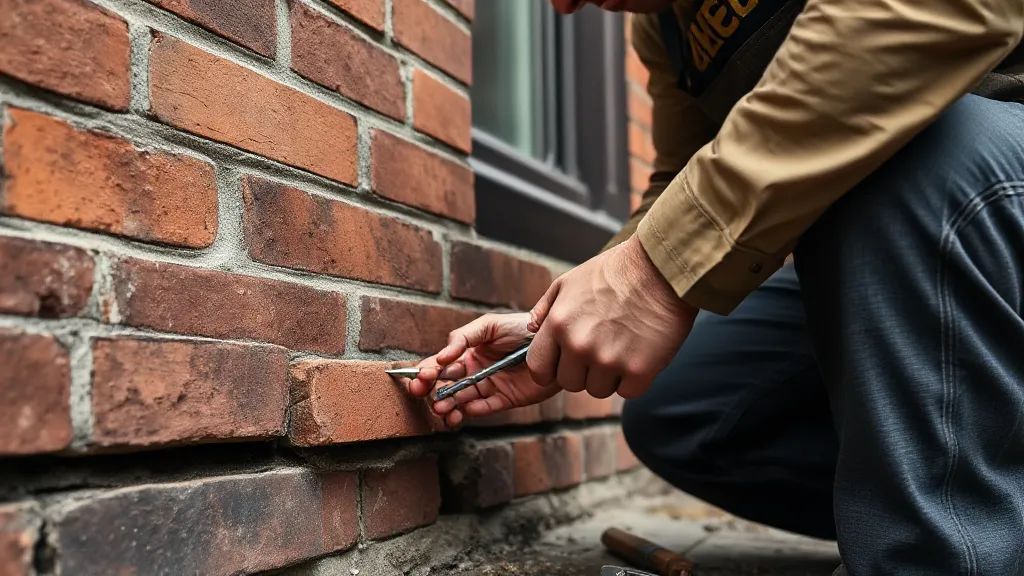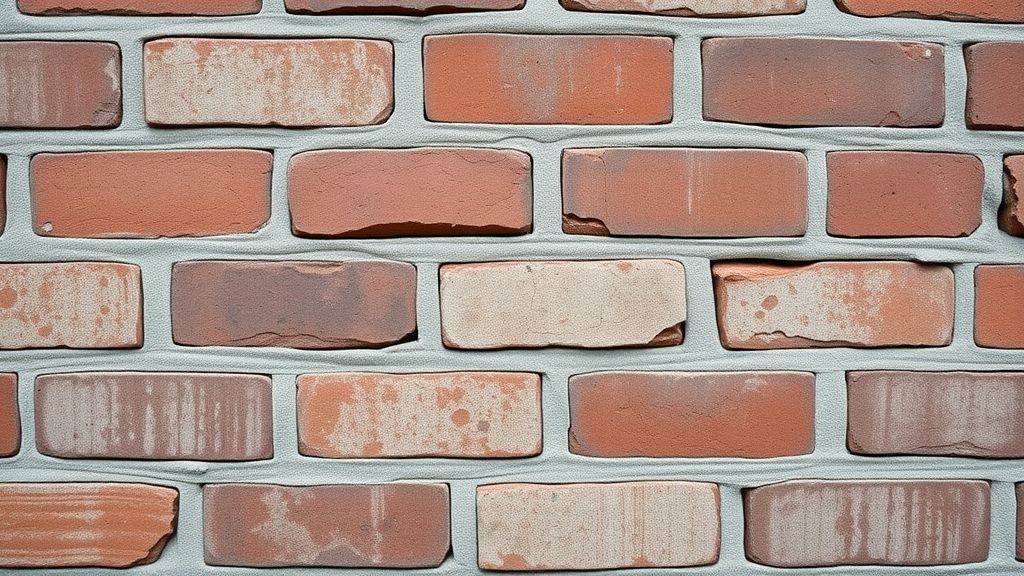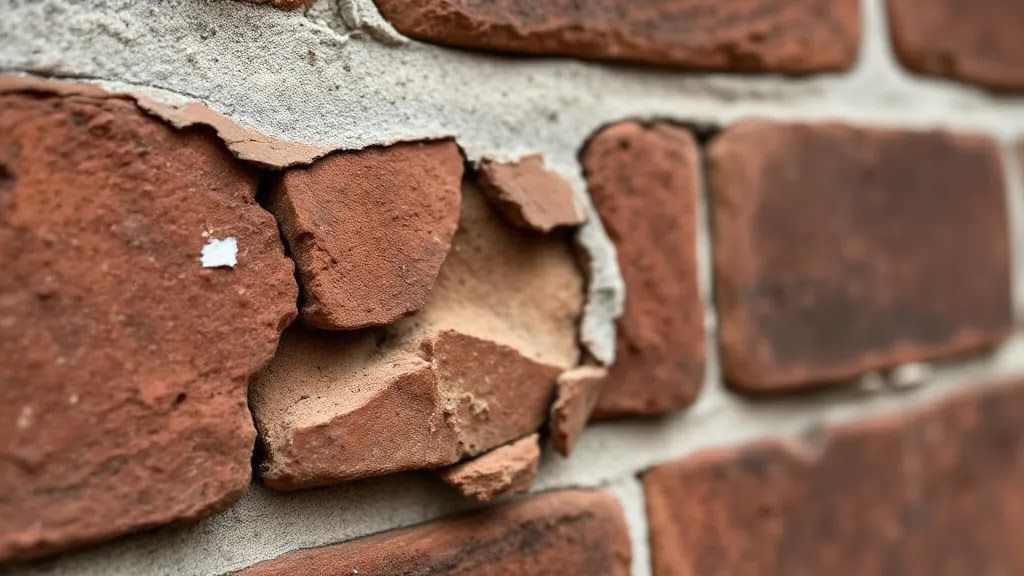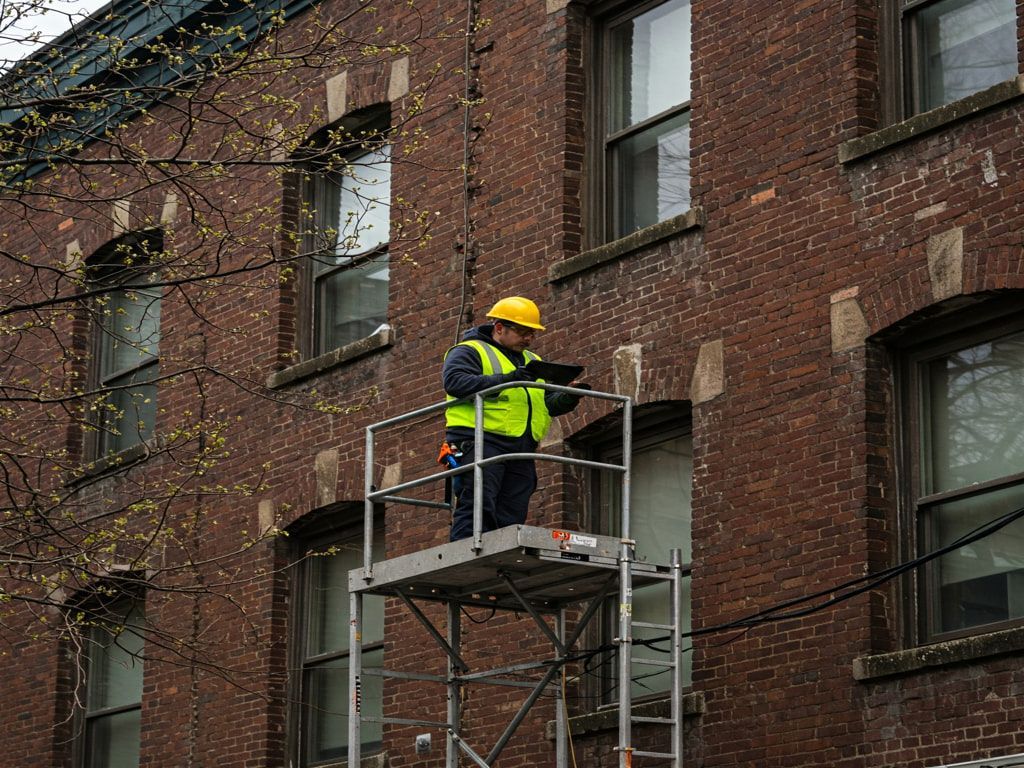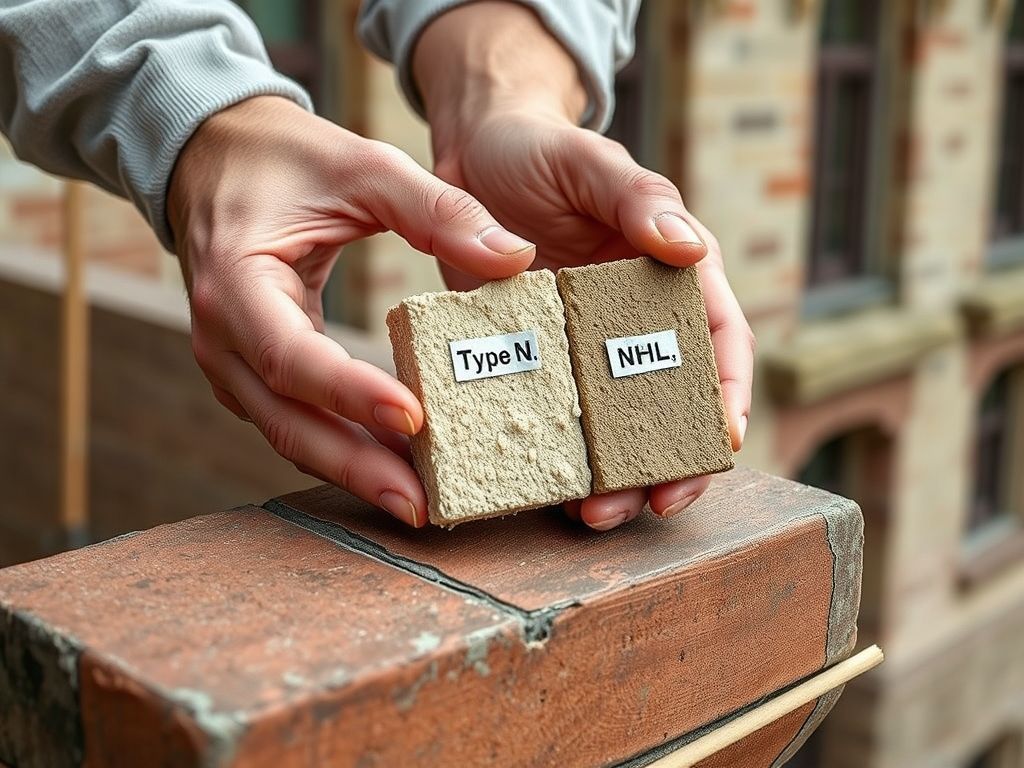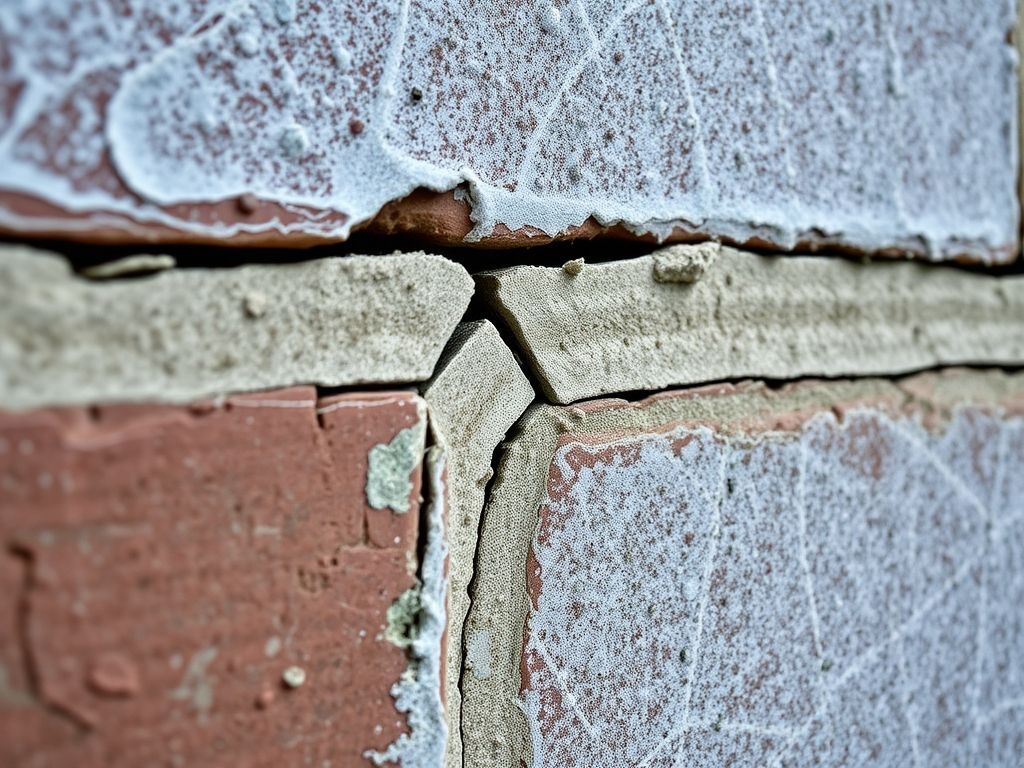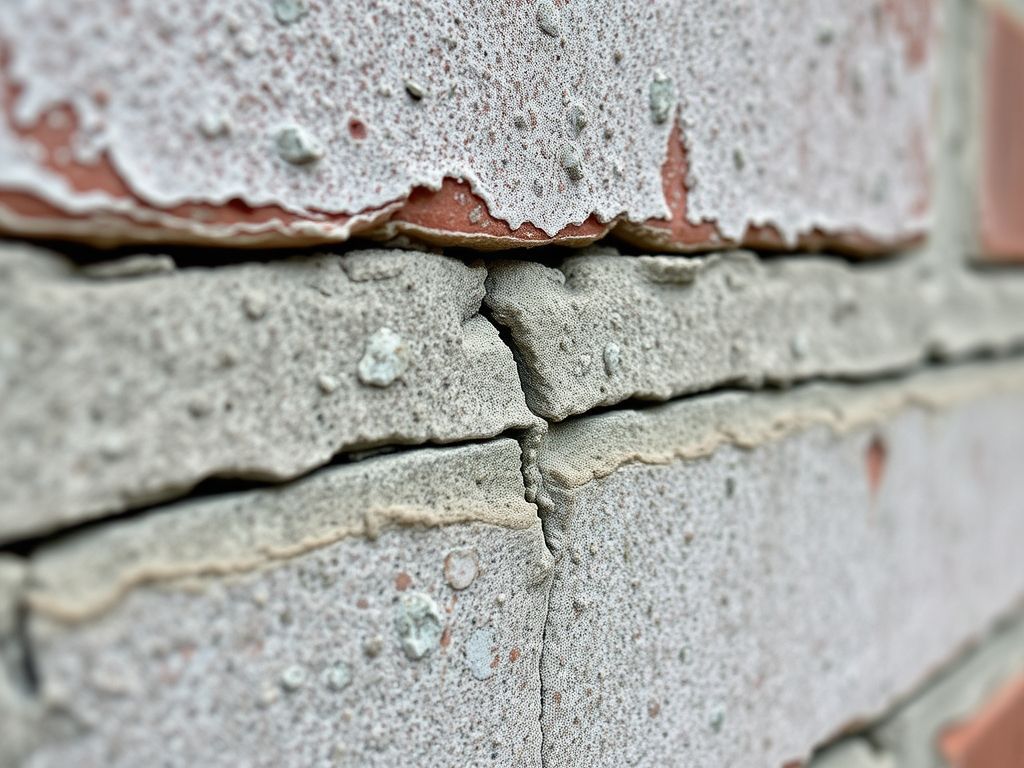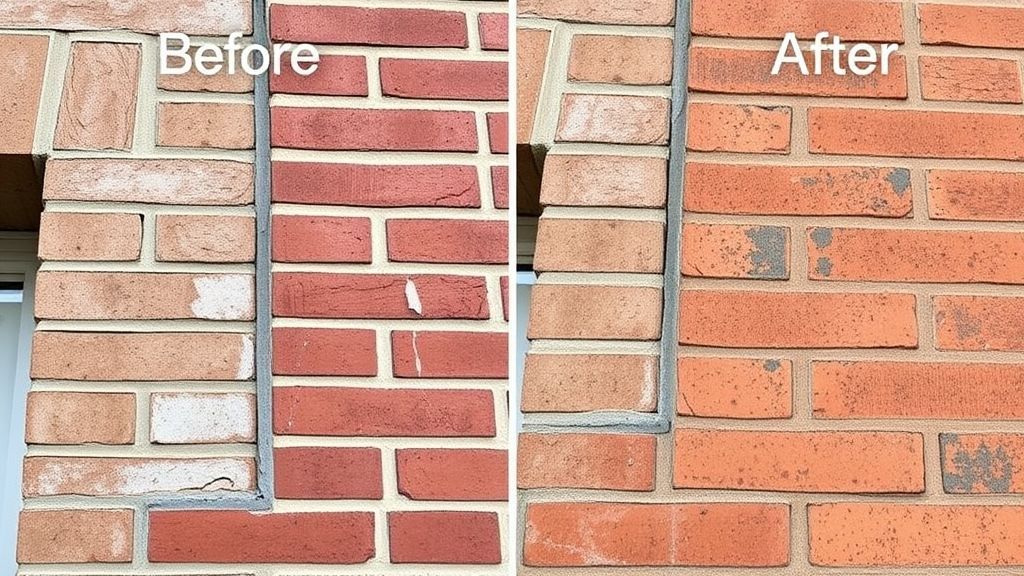Your Season-by-Season Guide to Brick Joint Maintenance
Key Takeaways:
- Seasonal Assessment Cycle: Brooklyn's brick joint maintenance follows a specific seasonal timeline, with each season requiring different approaches - from spring inspections to summer repairs, fall preparations, and winter monitoring.
- Critical Problem Areas: Focus maintenance efforts on north-facing walls, areas near downspouts, ground-level brickwork, and locations where snow accumulates or icicles form, as these vulnerable spots show the earliest signs of deterioration.
- Optimal Repair Timing: Schedule professional inspections in early spring (April-May) when winter damage is fresh and visible, and complete repairs during summer's warm, dry conditions when mortar can properly cure.
- Preventive Monitoring: Monthly visual inspections throughout the year help catch developing issues early, with special vigilance during winter's freeze-thaw cycles that force moisture into small cracks, gradually widening them.
- Emergency Warning Signs: Significant mortar loss, inward-bulging brick sections, or wide cracks warrant immediate professional assessment regardless of season to prevent extensive structural damage.
Regular maintenance of brick joints is essential for preserving both the structural integrity and historic character of Brooklyn homes, with each season playing a crucial role in the overall care cycle.
That brick facade isn't just a decorative element of your home—it's an essential part of your dwelling's structural and protective system. Depending on your home's construction, your brick exterior may be solid masonry (where the brick itself forms the structure) or brick veneer (where a single layer of brick serves as the exterior covering over a wood or steel frame). Each has different maintenance considerations, but both require seasonal attention to preserve both beauty and function.
As a Brooklyn homeowner with a historic property, you've likely noticed how the changing seasons affect your home's exterior. The mortar joints between those cherished bricks face different challenges throughout the year, and knowing when to address potential issues can save you significant headaches and expenses down the road.
Let's walk through the seasonal cycle of brick joint maintenance specifically for Brooklyn's climate, giving you a clear timeline of what to watch for and when to call in the professionals for brick pointing in Brooklyn, NY.
Spring Awakening: Post-Winter Assessment and Recovery
Winter's harsh grip finally loosens in Brooklyn, revealing what the cold months have done to your home's brickwork. This season serves as your first opportunity to thoroughly assess any damage.
After months of freeze-thaw cycles, spring reveals the truth about your brick joints. Look for crumbling mortar, especially on north-facing walls that received less sunlight during winter months. Water stains or white, powdery substance (efflorescence) on brick surfaces often indicate moisture has penetrated the joints. While efflorescence itself is generally harmless—simply salts left behind after water evaporates—it serves as an important warning sign of an underlying moisture problem that could lead to more serious damage like spalling or freeze-thaw deterioration if not addressed.
Professional inspections are most valuable in early spring when damage is fresh and visible. By scheduling an assessment in April or May, you position yourself perfectly for any necessary repairs during the optimal summer months.
Pay special attention to areas where water tends to concentrate – near downspouts, below windows, and at ground level. These vulnerable spots often show the earliest signs of joint deterioration.
+-------------------------------------------------------------------------------------------------------+
💡 Quick Takeaways
- Spring Revelation: Melting snow and ice expose winter damage, making April-May ideal for thorough professional assessments.
- Problem Areas: Focus on north-facing walls, areas near downspouts, and ground-level brickwork where moisture concentration causes the most damage.
- Timing Advantage: Early identification allows for scheduling repairs during summer's ideal conditions.
+-------------------------------------------------------------------------------------------------------+
Summer Protection: Managing Heat and Humidity

Brooklyn summers bring their own challenges to historic brickwork. While generally more favorable than winter conditions, summer heat and humidity play their part in your brick's aging process.
Bricks and mortar naturally expand in summer heat and contract when temperatures drop. This constant movement, while microscopic, gradually weakens joints over time. The degree of movement and its impact can vary significantly depending on the type of brick, type of mortar (historic lime vs. modern cement), and overall construction. For well-constructed walls with appropriate mortar, this movement may be accommodated without significant weakening for many years.
During July and August, examine your brickwork during both the hottest afternoon hours and cooler evenings. If you notice new cracks in the mortar or instances where mortar has become loose or is falling out, this might indicate excessive movement requiring professional attention.
Summer provides the prime window for scheduling any needed brick pointing in Brooklyn, NY. The warm, relatively dry conditions allow new mortar to cure properly—something that becomes increasingly difficult during colder months. While specialized mortar products and techniques for cold-weather application do exist, these tend to be more complex and costly. If spring inspections revealed concerning areas, aim to have repairs completed before September arrives.
Surprisingly, summer rain poses its own threat. Brief but intense summer storms can force water into compromised joints, creating hidden moisture problems. After heavy downpours, watch for areas where the brick stays wet longer than surrounding sections, potentially indicating joint failure.
+-------------------------------------------------------------------------------------------------------+
💡 Quick Takeaways
- Expansion Concerns: Summer heat causes bricks to expand, potentially widening already damaged joints.
- Ideal Repair Timing: Warm, dry conditions make summer perfect for professional pointing work that requires proper curing time.
- Storm Vigilance: Watch how your brick walls dry after summer downpours—unevenly drying sections often reveal hidden joint issues.
+-------------------------------------------------------------------------------------------------------+
Fall Preparation: Getting Ready for Winter
Fall brings Brooklyn's most comfortable weather, but for homeowners, it represents your last chance to prepare brickwork before winter arrives.
September and October offer excellent conditions for final inspections and repairs. The moderate temperatures make it easier to spot subtle issues that extreme summer heat might have masked. Walk around your property during early fall, noting any mortar joints that appear recessed, cracked, or powdery when gently touched.
Consider this season your deadline for addressing any pointing issues discovered earlier in the year. By November, dropping temperatures make proper mortar curing increasingly difficult, potentially compromising repair quality. While some emergency repairs might still be feasible with specialized cold-weather materials and techniques, standard mortar applications become problematic as temperatures fall.
Falling leaves create an unexpected maintenance challenge. Gutters clogged with autumn foliage often overflow, directing water directly onto brick facades instead of away from them. Ensure gutters and downspouts remain clear throughout this season to prevent concentrated water exposure to your brick joints.
+-------------------------------------------------------------------------------------------------------+
💡 Quick Takeaways
- Last Opportunity: Fall represents your final chance for standard repairs before winter weather makes work more challenging.
- Moderate Advantage: Comfortable temperatures reveal subtle joint problems that extreme summer heat might have hidden.
- Gutter Maintenance: Falling leaves create overflow issues that can direct water directly onto vulnerable brick joints.
+-------------------------------------------------------------------------------------------------------+
Winter Vigilance: Monitoring and Prevention
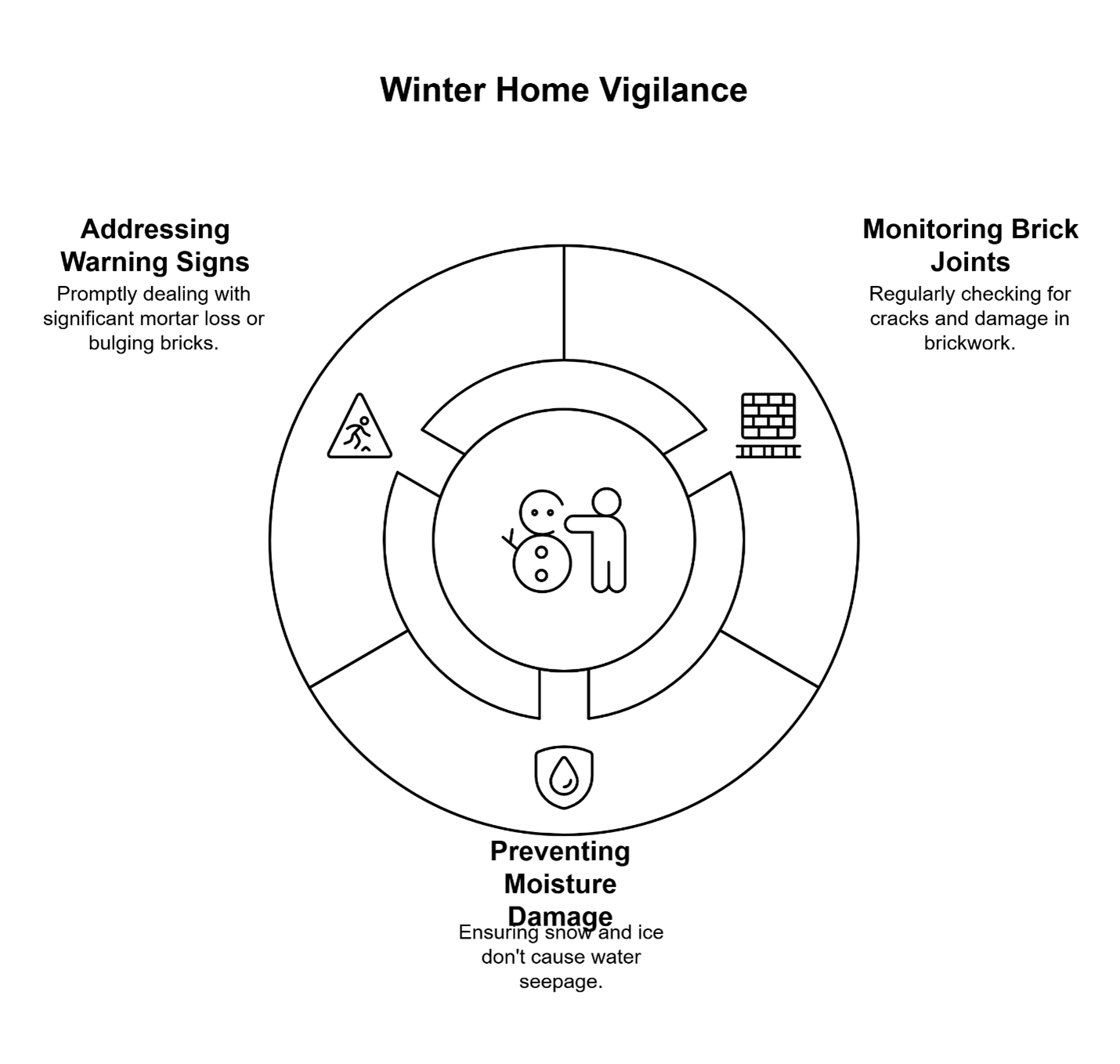
Brooklyn winters test your home's brick joints more severely than any other season. While extensive professional work typically becomes more difficult, your monitoring shouldn't stop.
The freeze-thaw cycle poses the greatest threat to brick joints. Water seeps into small cracks, freezes and expands, then melts again—widening those cracks with each cycle. During winter, focus less on major repairs and more on prevention and monitoring.
After snowstorms, check that snow isn't piled directly against brick walls where melting can force moisture into joints. Similarly, inspect areas where icicles form, as they often indicate ice dams that force water beneath your roofing and potentially into upper-wall brickwork.
Some warning signs demand prompt attention even in winter. Significant mortar loss, inward-bulging brick sections, or wide cracks might require assessment regardless of season. While comprehensive repairs might need to wait for warmer weather, temporary stabilization measures can sometimes prevent extensive damage before proper repairs become possible in spring.
+-------------------------------------------------------------------------------------------------------+
💡 Quick Takeaways
- Freeze-Thaw Damage: Winter's alternating freezing and thawing cycles force moisture into small cracks, gradually widening them with each cycle.
- Snow Management: Keep snow from piling directly against brick walls where melting can force moisture into vulnerable joints.
- Emergency Indicators: Significant mortar loss, bulging brick sections, or wide cracks warrant professional assessment regardless of season, though full repairs may need to wait.
+-------------------------------------------------------------------------------------------------------+
Year-Round Brick Joint Care
While each season brings specific maintenance needs, some practices serve your historic Brooklyn home throughout the year. Establish a monthly visual inspection routine, perhaps during a regular property walk-around. Familiarity with your brickwork's normal appearance makes spotting changes much easier.
Professional assessment once annually provides the foundation of proper maintenance. Many Brooklyn homeowners schedule these during spring to address any winter damage early, though fall inspections work well for preventive planning before harsh weather arrives.
Remember that your historic Brooklyn property features unique characteristics worth preserving. The right maintenance approach, including timely brick pointing in Brooklyn, NY, protects not just your home's structural integrity, but its irreplaceable historic character and value.
Frequently Asked Questions (FAQs)
Q: "How often should I inspect my brick joints throughout the year?"
A: Monthly visual checks are recommended for homeowners, focusing on previously repaired areas and known problem spots. Professional assessment should occur annually, ideally in spring or early fall when damage is most visible.
Q: "What season is best for scheduling brick pointing work?"
A: Late spring through early fall provides optimal conditions for brick pointing. The warm, relatively dry weather allows proper curing of mortar—crucial for lasting repairs. Summer generally offers the most reliable conditions in Brooklyn's climate.
Frequently Unasked Questions (FUQs)
Q: "Does the age of my Brooklyn brownstone affect seasonal maintenance needs?"
A: Yes, older historic homes often require more frequent monitoring due to the composition of original mortar. Homes built before 1930 typically used lime-based mortar that weathers differently than modern materials, making seasonal transitions more impactful.
Q: "Should I adjust my maintenance schedule based on my home's sun exposure?"
A: Absolutely. South-facing walls receive more direct sunlight, experiencing greater expansion-contraction cycles throughout the year. North-facing walls stay damper longer after precipitation, making them more vulnerable to freeze-thaw damage during winter months.
🧱 Strengthen What Time and Weather Wear Down
Historic homes are built to last—but only with the right upkeep. Brick pointing by City Suburb Inc. restores weakened mortar joints, seals out damaging moisture, and protects your home’s structural integrity for years to come. Whether you're seeing cracks after a harsh Brooklyn winter or planning ahead for fall, our skilled masonry team delivers precise, durable repairs tailored to historic properties.
🏠 Ready to protect your investment?
Contact us today to schedule a brickwork evaluation and see why homeowners across Brooklyn, Queens, and Manhattan trust City Suburb for lasting
masonry solutions.
📣 Stay connected for expert advice and seasonal maintenance tips:
Because your home's exterior deserves the same care as what’s inside.

